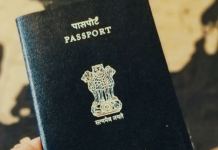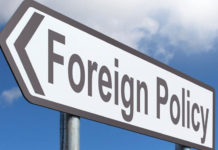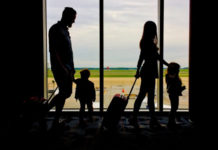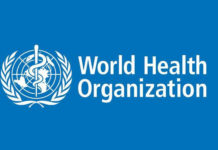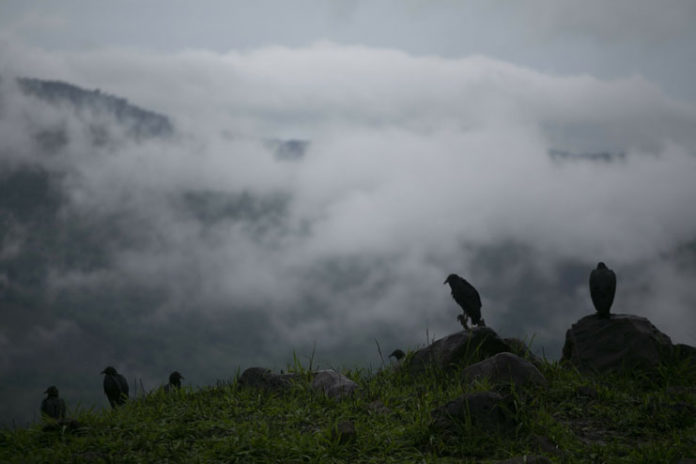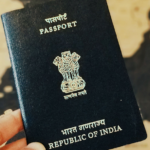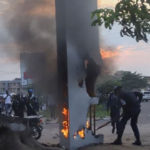Late Friday evening, the storm appears to be heading towards U.S. Gulf Coast. According to The U.S. National Hurricane Center, Cristobal’s maximum sustained winds had intensified up to 45 mph (75 kph) and it was moved north at 14 mph (22 kph).
As it strengthened and kept going, on Friday, it crossed the Yucatan Peninsula and re-entered the Gulf of Mexico. On Saturday, it is expected to pass through the central Gulf and the U.S. coast late Sunday.
From the South of the Misissipi river, the storm centered upto 440 miles (705 kilometers).
From Intracoastal City, Louisiana, to the Alabama-Florida border (the northern Gulf of Mexico coast), a tropical storm watch was issued.
Before weakening, on Wednesday, Cristobal made landfall in Mexico. In the Bay of Campeche from the remnants of Tropical Storm Amanda, ithad formed last weekendin the eastern Pacific and it hit Central America.
In the last week, these storms soaked the entire region with about 35 inches of rain. The floods and landslides killed 30 people.
By Sunday night this storm would reach the U.S. Gulf Coast, according to the Hurricane Center’s projected track. Besides, this weekend and into early next week, Cristóbalmight bring heavy rains from East Texas to Florida.
In the South Mexico’s Quintana Roo state, in Balcar, 230 families were isolated due to the rains and had to be airlifted out. In seven states and 75 municipalities, there had been a light damage.
On Thursday, Gov. John Bel Edwards, in Louisiana, the state declared a state of emergency and urged people to stay prepared about the arrival of the storm.
Edward said “Now is the time to make your plans, which should include the traditional emergency items along with masks and hand sanitizer as we continue to battle the coronavirus pandemic.”










